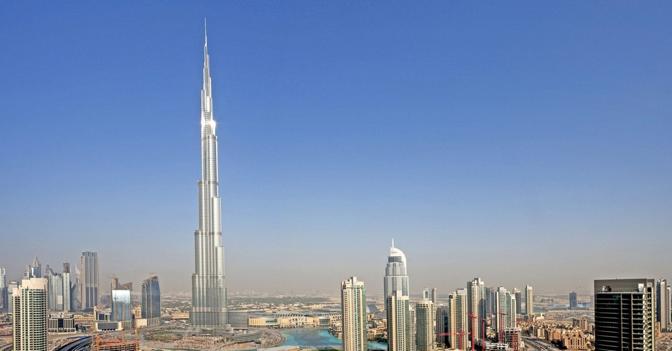Ever since the birth of mankind on this planet, his quest for survival knew no bounds. When his survival needs got satiated his curiosity took over which helped him achieve unbelievable things in different fields. Architecture is one of those many fields which has seen heights of inapprehensible success. With growing population and limited space, man foresaw the problem planar development would bring and therefore the idea of vertical development was promoted. It’s not that skyscrapers didn’t exist in the 19th century, but now with the never-ending advancements in technology, the definition of tall has changed from what it was back then. Now we have super tall and mega tall structures and this stream of constructing high-rise architectures does not seem to stop.
Yet, building upwards is absolutely not easy. There are countless factors like loading, strength and stability, stiffness, temperature, human comfort, etc. which need to be studied along with hundreds of simulations over the scaled model which are performed to understand the effect of environmental forces of which wind is the most important one, especially in such cases. As we go up, the wind speed increases gradually because of the absence of friction with speeds reaching as high as 20 meters per second at altitudes of 600 – 700 meters. A tall building acts as a cantilever hinged at the bottom and when subjected to high winds, which includes hurricane winds as well, can sway back and forth leading to fatal damage to the structure and life of course.
Nevertheless, wind engineers across the globe have spawned stunning erections that have humbled the forces of nature and have taken human achievements to a whole new level. Let us understand how these high-rises defy the forces of wind at such heights.
Starting with ‘Taipei 101’, this is a 101-story financial center in Taipei, China which remained the tallest in the world from 2004 to 2008. Named as the tallest green building, this 509.3 meters landmark faces strong typhoon wind wrath at 120 miles per hour every year. To combat this, engineers put a tuned mass damper that sways up to 1 meter on each side during heavy winds to offset the gust effect. This damper is an 18 feet diameter sphere weighing 660 tons. Installing damper is a common thing in tall buildings all over the world.
Moving to Shanghai World Financial Center the fourth tallest building in mainland China and the eighth tallest on the planet, this masterclass stands 492 meters tall and was named as the best skyscraper completed in 2008. Its structural efficiency against wind pressure is maintained because of the presence of a trapezoidal aperture at the peak and the diagonal-braced frame which carries the compressive forces to the ground.
The third one on the list is the Shanghai Tower. This one is the tallest in China and adjacent to the SWFC. It is 632 meters tall with 128 floors and boasts the highest observation deck on the 118th floor. The unique double glass façade design, which completes a 120-degree twist as it rises, reduces wind loads by 24 percent. This twist in design also helped reduce the structural steel by 25 percent saving around $58 million in material costs.
But the tallest of all, as of now, is the popular Burj Khalifa which rises 868 meters above the ground with 163 floors. A clever piece of construction, its design is such that it confuses the wind flow preventing it from swaying (a result of Bernoulli’s effect) in high winds. Architects repeatedly changed the building profile to make the boundary layer of wind around the building a turbulent one. This confuses the wind flow with respect to height because of the shape variation reducing the wind force drastically helping the tower remain upright. But wait until 2020 and The Tower of Jeddah, a 1,008-meter tall masterclass will be there to welcome you. Its triangular footprint and sloped exterior will help reduce wind loads.
When this wasn’t enough, Thoth Technology – a Canadian space firm – has received a US patent to build an inflatable space elevator which would extend to 20 km above the earth, reducing launch costs by 30 percent in terms of fuel. It’s an elevator that will be used for launching spacecraft, landings, refueling and relaunching. The company has proposed the use of flywheels for dynamic stability and to pressurize the tower to sustain the wind at such heights. By adjusting pressure and spin, the flywheels can compensate for any bending of the tower and keep it fixed.
The above examples clearly indicate the boundless expansion of human intelligence and how cleverly he has mastered the impact of the forces of the mother nature.


